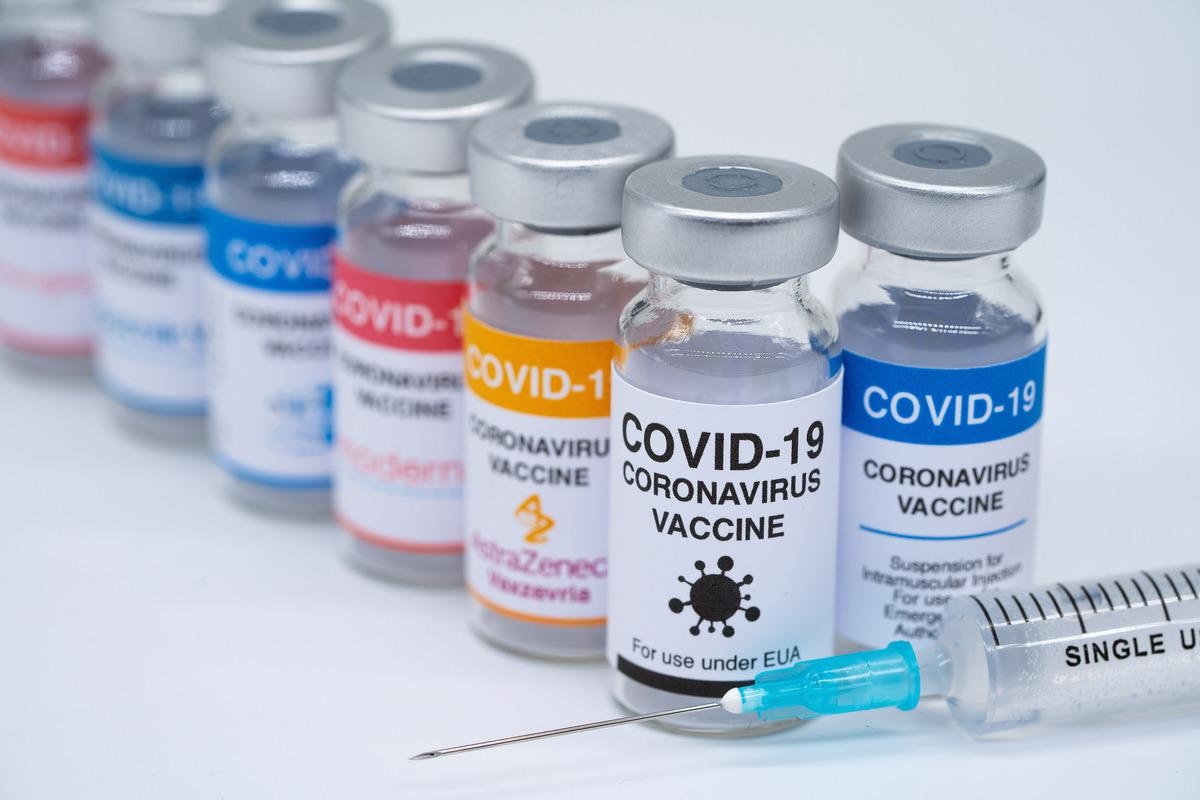The currently dominant circulating Omicron variant of the severe acute respiratory syndrome coronavirus 2 (SARS-CoV-2) consists of a number of mutations, some of which have conferred improved transmissibility and immune evasive properties to this strain. This pathogenically enhanced SARS-CoV-2 variant has led to an increased rate of vaccine breakthrough infections.

Study: Rapid decline in vaccine-boosted neutralizing antibodies against SARS-CoV-2 Omicron variant. Image Credit: Marco Lazzarini / Shutterstock.com
Background
A considerable amount of research has confirmed that the primary two-dose coronavirus disease 2019 (COVID-19) vaccination series produces a poor immune response against the Omicron variant and that a third vaccine dose or booster is essential to confer meaningful protection against this variant. Despite these observations, researchers are still looking to understand the extent of protection conferred by neutralizing antibodies against the Omicron variant.
In a recent Cell Reports Medicine* preprint, researchers found that neutralizing antibodies against the Omicron variant that have been generated from the vaccine booster exhibit a significant decline within three months of the booster dose. However, the neutralizing potential of these antibodies against the prototypic D614G SARS-CoV-2 strain remains robust.
While testing the potential impact of boosting with a heterologous vaccine, the researchers found the Johnson & Johnson Ad26.COV2.S vaccine provides better protection if given as a prime vaccine or booster dose with a heterologous messenger ribonucleic acid (mRNA) vaccine as compared to when given as a homologous vaccine.
Further, in comparing the virus neutralization response against the BA.1, BA.2 & BA.3 Omicron sublineages, the researchers of the current study observed a similar response induced against all three by homologous mRNA vaccine booster.
About the study
In the current study, the researchers assessed the impact of homologous and heterologous primary-booster vaccine dose combinations on 20 individuals per combination, of which included:
- Homologous 50 μg primary and booster mRNA1273 (Moderna)
- Homologous 100 μg primary and booster mRNA1273 (Moderna)
- Homologous primary and booster BNT162b2 (Pfizer-BioNTech)
- Homologous primary and booster Ad26.COV2.S (Johnson & Johnson)
- Heterologous: Ad26.COV2.S primary and BNT162b2 booster
- Heterologous: BNT162b2 primary and Ad26.COV2.S booster
Neutralizing antibody titers were assayed using pseudovirus neutralization assay (PsVNA) and live virus focus reduction neutralization (FRNT) assay.
Study findings
Baseline PsVNA titers that were obtained just before receiving the booster dose against the prototypic D614G variant were observed in 85-100% of the individuals with geometric mean titers (GMTs) in the range of 35-343 from all tested groups. However, these titers were comparatively low against the Omicron variant, with GMTs within the range of seven and 25 in 20-90% of all study participants.
Post-booster titers on day 29 increased to more than 1,000 for the D614G variant and more than 250 for the Omicron variant from all groups except those who received homologous Ad26.COV2.S prime and booster doses. Day 29 post-booster neutralizing titers were 2.3- to 7.5-fold lower for the Omicron variant as compared to the D614G variant across all the vaccine groups.
In all cases, the boosted PsVNA titers against the D614G variant were more durable than those against Omicron, perhaps reflecting greater maturation of humoral immunity between closely matched vaccine and variant spike proteins.”
The team also found similar antibody titers produced against all three Omicron sublineages on day 29 when tested on a subset from homologous mRNA-1273 boosting.
Between day 29 to day 91 post-booster, the researchers observed a rapid decline of 4.1- to 6.0-fold in neutralizing GMTs against Omicron, but only up to 1.8-fold decline for the D614G variant. Notably, from day 29 to 91 in the two Ad26.COV2.S-boosted groups, neutralizing GMT against D614G variant, but not Omicron, remained either constant or slightly improved. This indicates that the Ad26.COV2.S vaccine was responsible for sustained durability of virus-neutralizing responses as compared to the mRNA vaccines.
Homologous boosting with Ad26.COV2.S resulted in low PsVNA titers against the Omicron variant, while titers were high when Ad26.COV2.S was used as a heterologous prime or booster with an mRNA vaccine.
These data support that homologous mRNA and heterologous boost combinations will increase humoral immunity to Omicron as a strategy to mitigate risk from this and possibly future variants.”
*Important notice
Sneak Peek/ Cell Press publishes preliminary scientific reports that are not peer-reviewed and, therefore, should not be regarded as conclusive, guide clinical practice/health-related behavior, or treated as established information.
- Lyke, K. E., Atmar, R. L., Montefiori, D. C., et al. (2022) Rapid decline in vaccine-boosted neutralizing antibodies against SARS-CoV-2 Omicron variant. Cell Reports Medicine. doi: 10.2139/ssrn.4061187. https://papers.ssrn.com/sol3/papers.cfm?abstract_id=4061187.
Posted in: Medical Science News | Medical Research News | Medical Condition News | Disease/Infection News | Healthcare News | Pharmaceutical News
Tags: Antibodies, Antibody, Assay, Cell, Coronavirus, Coronavirus Disease COVID-19, covid-19, Homologous, Immune Response, immunity, Medicine, Omicron, Pseudovirus, Research, Respiratory, Ribonucleic Acid, SARS, SARS-CoV-2, Severe Acute Respiratory, Severe Acute Respiratory Syndrome, Syndrome, Vaccine, Virus

Written by
Namita Mitra
After earning a bachelor’s degree in Veterinary Sciences and Animal Health (BVSc) in 2013, Namita went on to pursue a Master of Veterinary Microbiology from GADVASU, India. Her Master’s research on the molecular and histopathological diagnosis of avian oncogenic viruses in poultry brought her two national awards. In 2013, she was conferred a doctoral degree in Animal Biotechnology that concluded with her research findings on expression profiling of apoptosis-associated genes in canine mammary tumors. Right after her graduation, Namita worked as Assistant Professor of Animal Biotechnology and taught the courses of Animal Cell Culture, Animal Genetic Engineering, and Molecular Immunology.
Source: Read Full Article